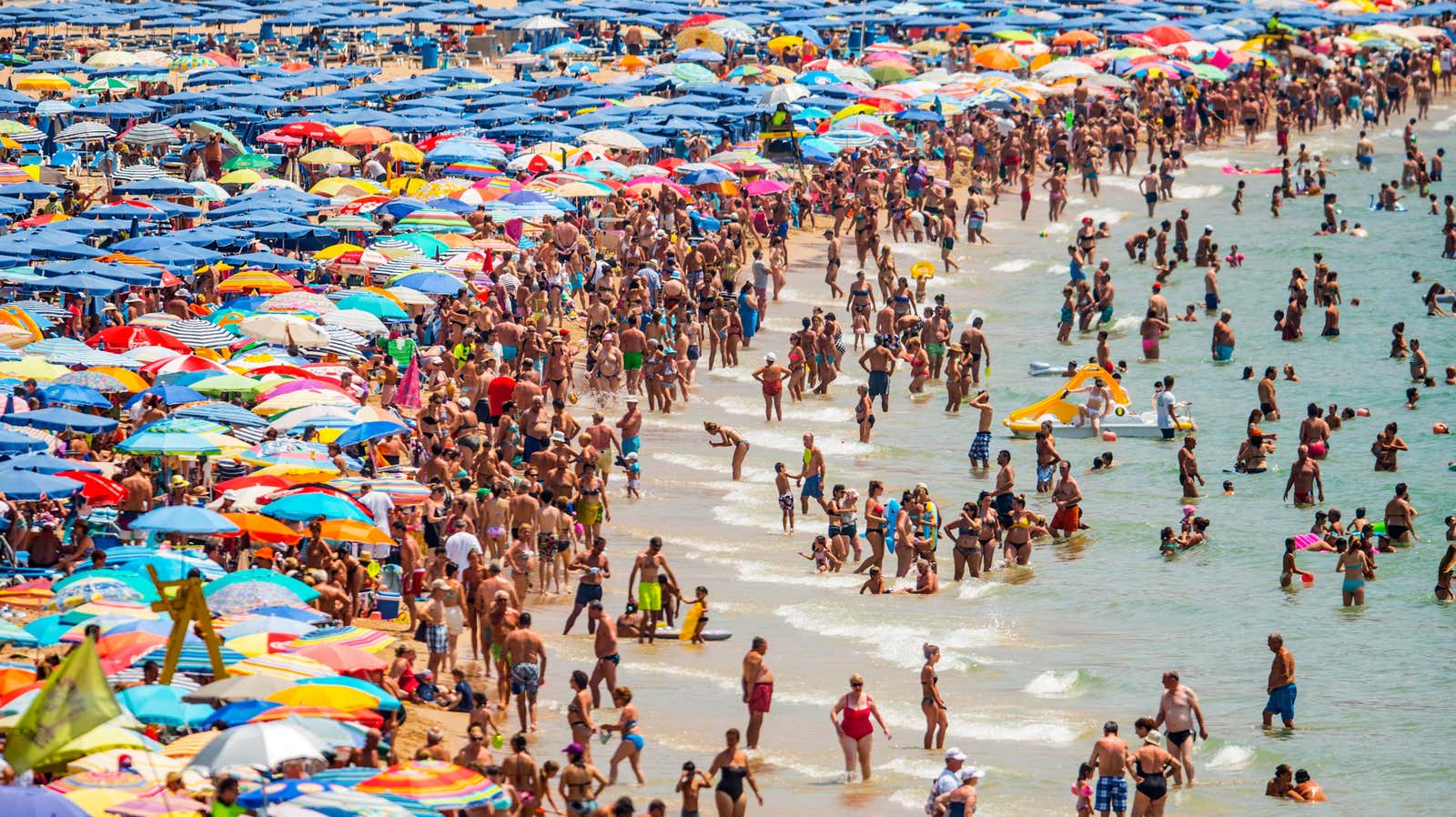How to Avoid Tourist Traps When Traveling

In a recent post, we asked readers to tell us about the worst tourist traps to avoid when traveling, and we learned a few important things. First, don’t go to the “overpriced” Space Needle. Second, don’t go to Georgetown Cupcakes because DC has better dessert options. Finally, don’t go to the Mall of America, because it’s just a mall. (“Do you like going to the mall where you live? If not, you won’t like going to the mall we have,” Setersm wrote in the comments.)
We also learned that wherever you go, tourist crowds are inevitable at many of the popular attractions. This is a typical experience of many tourist traps; they seduce you with the promise of unforgettable cultural experiences (which they may well be), but they fail to prepare you for the crowds and long lines to get to, say, the top of the Eiffel Tower or the Statue of Liberty.
Worse, you can’t always trust reviews on popular travel sites like TripAdvisor; reviewers may claim it is a “locals” attraction, for example, even though it is packed with tourists.
If you want to avoid crowds of slow-moving tourists with selfie sticks, here’s our tip: push them out of the way. (Just kidding.) Just do a little research before you travel, critically evaluate these “credible” reviews, and avoid major landmarks if possible. And always ask the locals for helpful advice.
Do your research and notice the red flags
Do some research online before vacationing, but take a close look at highly rated attraction reviews on sites like TripAdvisor. Look out for any mention of queues, skip-the-line passes, VIP tickets, time slots, package deals or reservations; Chances are, repeating these words over and over in reviews could be a tourist trap to run from. Always filter more critical reviews to better understand what to expect.
You should use the community forums on sites like TripAdvisor , Lonely Planet, or even local city or country subreddits to find which attractions to avoid at all costs. You will also find tips on how to find less popular but equally worthy attractions or how to better explore the busy ones. (Instead of visiting the Statue of Liberty and waiting in long lines, for example, you can view the Statue of Liberty on the Staten Island ferry for free, as u / Rav99 posted on this Reddit thread on how to avoid crowds at popular attractions.)
And talk to friends who have been to your destination, research blogs or travel guides written by real locals, or ask strangers you meet – such as hotel and restaurant staff or friendly bartenders – if they have any advice on where the locals go.
Do not book a hotel in tourist areas
The easiest way to avoid tourist traps is to avoid booking a hotel in noisy, crowded places. “Most city and beach destinations that rely on tourism have hotel zones or popular neighborhoods filled with affordable chain hotels (like Midtown in Manhattan or the hotel zone in Cancun),” Megan Wood writes for Oyster.com . “So it makes sense that restaurants and shops around hotels are largely catering to tourists through chain stores, fast food restaurants and hawkers selling tours.”
Again, do your research and find a breakdown of your destination that describes where you might book your hotel stay; find an area that is called “quieter” or away from “main areas” – if public transport is not an issue, these are areas where you might want to book a room.
It could also mean ditching large chain hotels in favor of smaller, boutique hotels, or even renting property on Airbnb. (Obviously, you should weigh the costs and check each carefully before booking.) If you book Airbnb, check reviews that mention the area and any mention of noise or proximity to crowded places.
It’s the same with restaurants. As GoJourney recommends, you should avoid restaurants that display old dishes on plates and those where the hosts chase you to eat – these are common signs of tourist restaurants that are likely to charge you more than you would like. Also, do not eat near the milestone s .
Instead, before you head out on your trip, explore the local delicacies through websites like TasteAtlas and select restaurants using city guides from places like The New York Times , Bon Appetit, or Eater . And feel free to ask locals about their favorite spots.
“Ask where to taste certain foods, ” writes Rebecca Holland of The Times . “[…] Discuss your price range and the ambiance you’re looking for and convince them that you really, really want to try the local food, regardless of the ingredients.” As the Times recommends, don’t be afraid of street food or even sign up for a food tour – led by a local, of course.
Check tours carefully before booking
Always reconsider your group tour booking if you want to avoid crowds; it is most likely that the soma e portion of the route will include a stop (or several stops) to the tourist attractions covered. Again, depending on the type of tour you booked, check the reviews. Ask your guide what to expect from the crowd and a detailed itinerary.
And if you want to see these sights against our advice, go for it alone; you can visit them outside of office hours, so you can enjoy them with relatively few tourists . Or, simply book your trip during the off-season, off-season or certain holidays, depending on your destination. And, as we wrote earlier , investigate some of the common scams at your destinations so you don’t fall for the racket played out against tourists.
If you still can’t escape the crowds, avoid booking a trip to tourist hotspots altogether – find a city close to your destination and book your stay there, for example, and enjoy the peace and quiet that you desperately need.